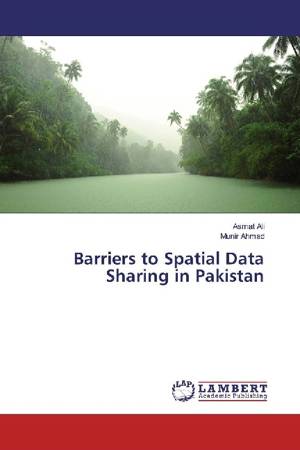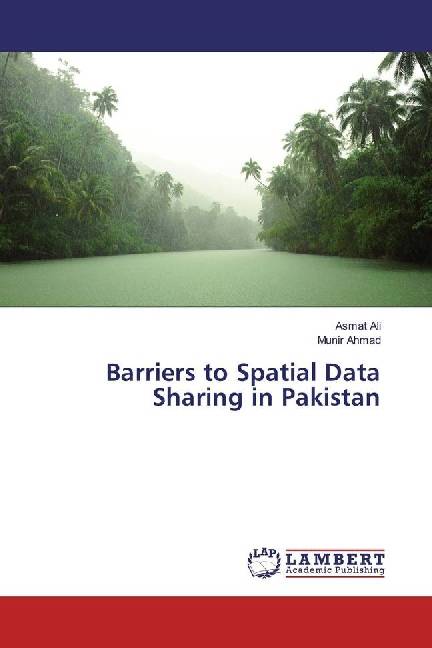
- Afhalen na 1 uur in een winkel met voorraad
- Gratis thuislevering in België vanaf € 30
- Ruim aanbod met 7 miljoen producten
- Afhalen na 1 uur in een winkel met voorraad
- Gratis thuislevering in België vanaf € 30
- Ruim aanbod met 7 miljoen producten
Zoeken
€ 35,45
+ 70 punten
Omschrijving
Location information may it be of our friends or foes always interests to us. Location based data (spatial data) is a key resource and strategic asset that is used by governments for decision making during peace and war. Due to various administrative and technical constraints, no single organization can collect and maintain data of a country. Therefore, the need of sharing the data among public sector organizations especially arises. However, the mechanism to share spatial data is still not in place in most of the developing countries like Pakistan. In Pakistan, immense spatial data is available with various public and private sector organizations. The dilemma is that presently, only a small part of this funded data is being benefited for making decisions and public policies. The sharing of spatial data will help to implement the objectives of China Pakistan Economic Corridor (CPEC), Pakistan Vision 2025 and to achieve Sustainable Development Goals. This situation triggers the question, what are the barriers to spatial data sharing in Pakistan? In this book we explore the possibilities of data sharing, which is the overriding objective of Spatial Data Infrastructures (SDIs), too.
Specificaties
Betrokkenen
- Auteur(s):
- Uitgeverij:
Inhoud
- Aantal bladzijden:
- 52
- Taal:
- Engels
Eigenschappen
- Productcode (EAN):
- 9783330024472
- Uitvoering:
- Paperback
- Afmetingen:
- 150 mm x 220 mm

Alleen bij Standaard Boekhandel
+ 70 punten op je klantenkaart van Standaard Boekhandel
Beoordelingen
We publiceren alleen reviews die voldoen aan de voorwaarden voor reviews. Bekijk onze voorwaarden voor reviews.











